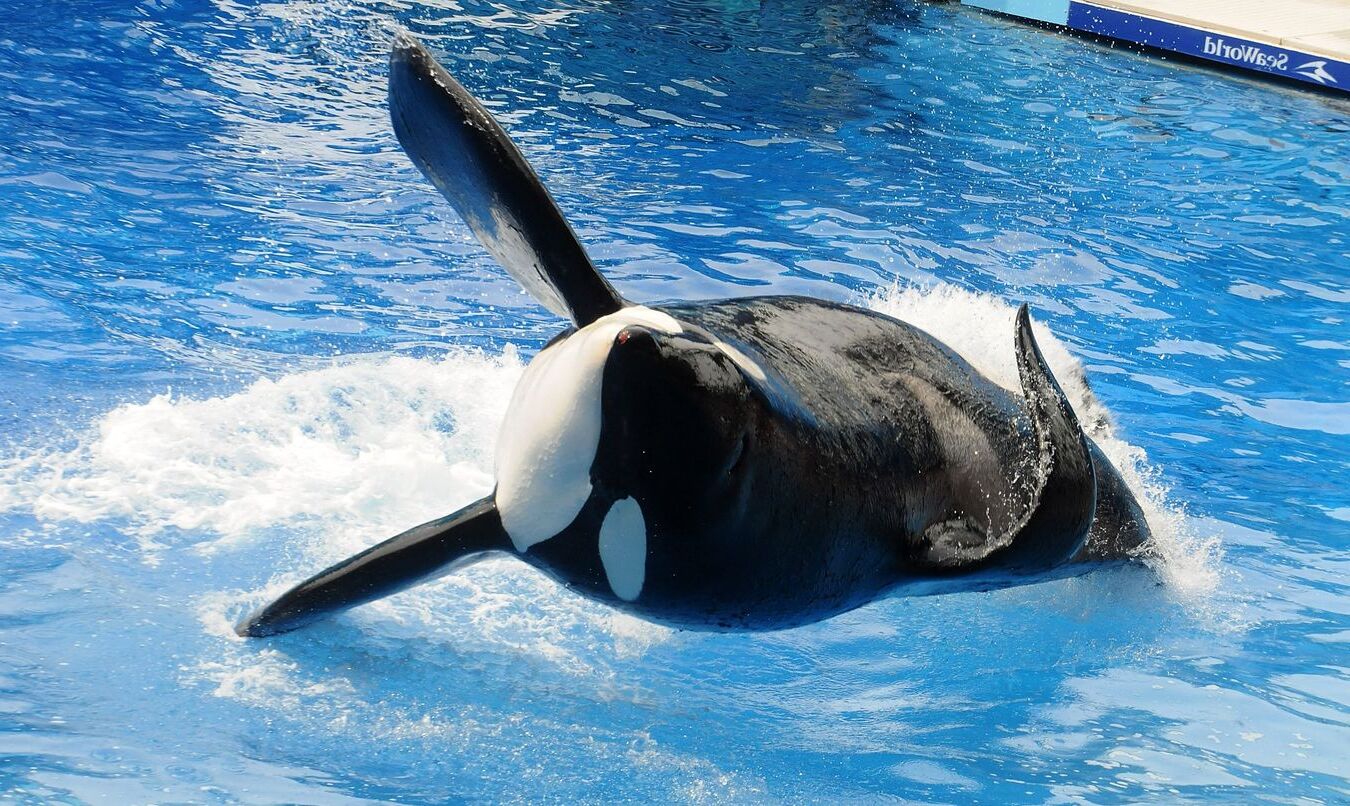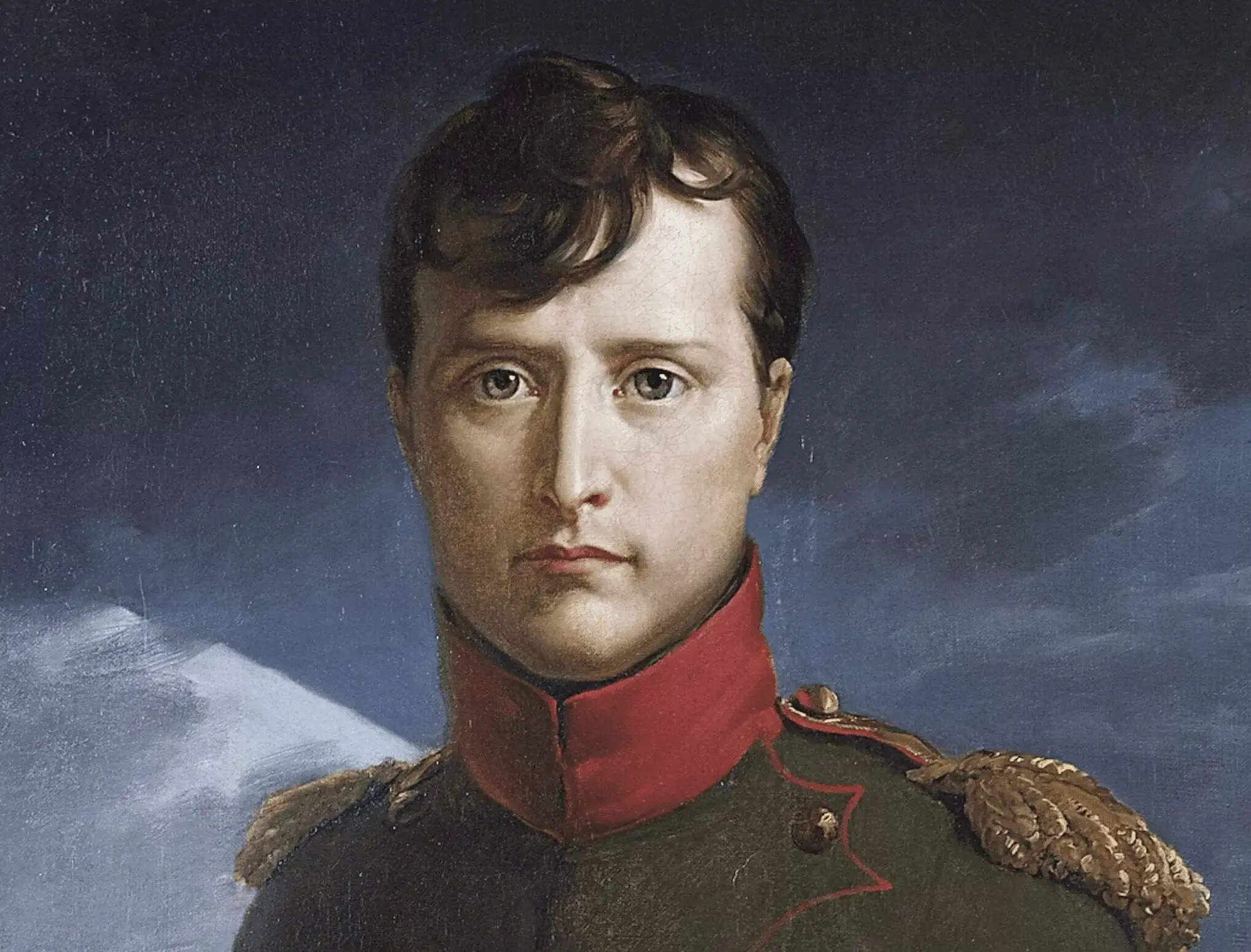
Tilikum, a name that resonates with both awe and sorrow, was a male orca who spent most of his life in captivity at SeaWorld Orlando. Born in the wild waters off Iceland in 1981, his life took a dramatic turn when he was captured at just two years old. Tilikum's story is a powerful reminder of the ethical dilemmas surrounding marine mammal captivity. Over the years, he became infamous for his involvement in three human fatalities, including the tragic death of trainer Dawn Brancheau in 2010. His life, marked by aggression, isolation, and psychological distress, has sparked widespread debate and led to significant changes in public perception and policies regarding orca captivity.
Key Takeaways:
- Tilikum's captivity led to tragic incidents and health issues, sparking public outrage and a shift in public opinion about marine mammal captivity.
- The documentary "Blackfish" played a crucial role in raising awareness about the treatment of orcas in captivity, influencing public perception.
Tilikum's Early Life and Capture
Tilikum's story begins in the wild waters of Iceland, where he was born and later captured. His early years set the stage for a life marked by captivity and controversy.
- Tilikum was born around December 1981 in the waters off eastern Iceland.
- He was captured in November 1983 at the age of two, using a purse-seine net in Berufjörður, Iceland.
- After capture, Tilikum was held in a tank at the Hafnarfjördur Marine Zoo near Reykjavík, Iceland, for almost a year.
Life at Sealand of the Pacific
Tilikum's transfer to Sealand of the Pacific introduced him to a new environment and complex social dynamics with other orcas.
- In 1984, Tilikum was transferred to Sealand of the Pacific in Oak Bay, a suburb of Victoria on Vancouver Island, Canada.
- He was housed with two older female orcas, Haida II and Nootka IV, who were pregnant at the time.
- The social dynamics at Sealand were complex and often aggressive, with the two older females behaving aggressively towards Tilikum.
- Tilikum sired his first calf, Kyuquot, with Haida II on December 24, 1991.
Transfer to SeaWorld Orlando
Tilikum's move to SeaWorld Orlando marked a significant chapter in his life, filled with both breeding success and tragic incidents.
- In January 1992, Tilikum was moved to SeaWorld Orlando after being involved in the death of a female trainer at Sealand in February 1991.
- Tilikum's first calf born in Orlando was to Katina, with Taku being born on September 9, 1993.
- Tilikum became a key figure in SeaWorld's breeding program, fathering 21 offspring in captivity.
- Seven of Tilikum's offspring are alive as of April 2024.
Behavioral Issues and Health Concerns
Captivity took a toll on Tilikum's mental and physical health, leading to various behavioral and medical issues.
- Tilikum's behavior in captivity was marked by aggression and frustration, often exhibiting self-mutilation like jaw popping.
- To manage his aggressive behavior and chronic infections, Tilikum was given various medications, including Valium and antibiotics.
- In February 1991, a young part-time trainer at Sealand slipped and fell into the pool, leading to her tragic death involving Tilikum and his tankmates.
- In 1999, a 27-year-old man was found dead draped over Tilikum’s back in his nighttime pool.
The Death of Dawn Brancheau
One of the most significant and tragic events in Tilikum's life was the death of his trainer, Dawn Brancheau, which brought widespread attention to the issues of orca captivity.
- On February 24, 2010, Tilikum killed his longtime trainer, Dawn Brancheau, during a "relationship session" at SeaWorld Orlando.
- Following Brancheau's death, Tilikum was isolated in a pool rarely seen by the public, showing signs of listlessness and psychological distress.
Psychological and Social Impact
The psychological and social impact of captivity on Tilikum was profound, affecting both his behavior and interactions with others.
- Experts have suggested that Tilikum's capture and captivity rendered him "psychotic," a claim SeaWorld has denied.
- Tilikum's self-harm was a recurring issue, likely a result of the stress and trauma he experienced during his captivity.
- The stress of captivity led to various health issues for Tilikum, including stomach ulcers and chronic infections.
- Despite being housed with other orcas, Tilikum's social isolation was a significant concern.
SeaWorld's Response and Public Outrage
The incidents involving Tilikum led to significant changes in SeaWorld's policies and sparked public outrage over the treatment of captive orcas.
- SeaWorld initially maintained that Tilikum was providing a stimulating life filled with variety and interaction.
- Following the incident with Brancheau, SeaWorld imposed new rules limiting trainers' interaction with him and other orcas.
- The death of Dawn Brancheau sparked widespread outrage against SeaWorld and the treatment of animals in captivity.
- Under pressure from humane groups, SeaWorld announced in 2016 that it would stop breeding orcas.
Tilikum's Later Life and Legacy
Tilikum's final years were marked by isolation and health issues, but his legacy continues to influence public opinion and policy regarding marine mammal captivity.
- Tilikum spent his final years in isolation, showing signs of listlessness and psychological distress.
- He died on January 6, 2017, from a persistent and complicated bacterial lung infection.
- Tilikum's legacy is one of tragedy and controversy, leading to a significant shift in public opinion regarding the ethics of keeping marine mammals in captivity.
Comparison with Wild Orca Behavior
Tilikum's behavior in captivity starkly contrasts with the behavior of wild orcas, highlighting the impact of captivity on these intelligent creatures.
- There have been no recorded deaths of humans by killer whales in the wild.
- In contrast, captive orcas have been involved in numerous incidents resulting in human fatalities.
- In the wild, orcas live in complex societies with strict social hierarchies, with females typically dominating males.
- The average lifespan of a male orca in the wild is around 30 years, while females can live up to 50 years.
SeaWorld's History and Tilikum's Role
SeaWorld's history with captive orcas and Tilikum's role within the park highlight the broader issues of marine mammal captivity.
- SeaWorld has been operating since 1964 and has been involved in numerous incidents involving captive orcas.
- At least 49 orcas have died at SeaWorld's US sites.
- Tilikum was the largest male orca in captivity, weighing over 12,500 pounds and reaching a length of over 22 feet.
- Following the incident with Dawn Brancheau, OSHA conducted an investigation and highlighted willful negligence in the safety of trainers.
Public Perception and Documentary Impact
The incidents involving Tilikum and the subsequent documentary "Blackfish" have significantly altered public perception of marine mammal captivity.
- The documentary "Blackfish" played a crucial role in raising awareness about the treatment of orcas in captivity.
Tilikum's Enduring Impact
Tilikum's life story is a stark reminder of the ethical dilemmas surrounding marine mammal captivity. His journey from the wild waters of Iceland to the confines of SeaWorld Orlando highlights the profound effects of captivity on intelligent creatures. The tragic incidents involving Tilikum, including the deaths of trainers and his own psychological distress, have sparked widespread outrage and led to significant changes in public perception and policy. SeaWorld's decision to end its orca breeding program and the global impact of the documentary "Blackfish" underscore the lasting influence of Tilikum's story. His legacy continues to fuel debates on animal rights and the importance of preserving marine mammals in their natural habitats. Tilikum's life, marked by tragedy and controversy, serves as a powerful catalyst for change, urging society to reconsider the ethics of keeping such majestic creatures in captivity.
Frequently Asked Questions
Was this page helpful?
Our commitment to delivering trustworthy and engaging content is at the heart of what we do. Each fact on our site is contributed by real users like you, bringing a wealth of diverse insights and information. To ensure the highest standards of accuracy and reliability, our dedicated editors meticulously review each submission. This process guarantees that the facts we share are not only fascinating but also credible. Trust in our commitment to quality and authenticity as you explore and learn with us.


